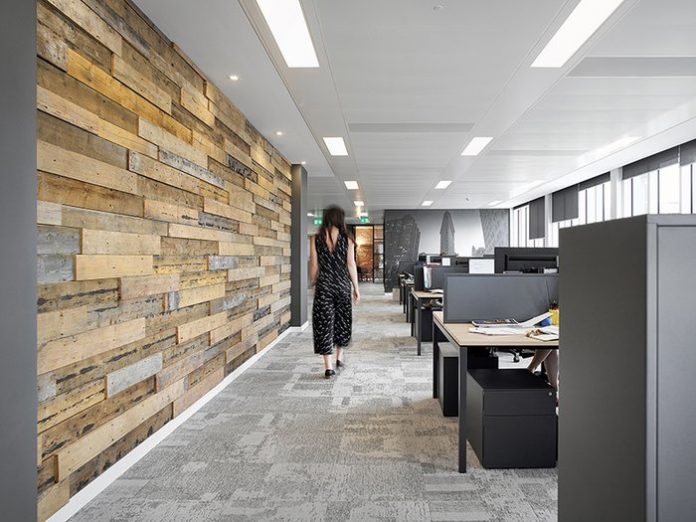By Simon Capaldi, Office Agency Partner at Knight Frank:
The war for talent looks like it’s going to be a lengthy fight – especially now that we find ourselves in an age of disruption. With a shift towards technology, even in sectors which historically didn’t rely on it, the kind of skills in demand are changing.
Organisations from across all industries are engaged in a battle for workers. According to a recent survey Navigating the future: HR 2020 by global law firm, Eversheds Sutherland, disruption and the war for talent are two of the greatest pressures on the shoulders of HR professionals and company directors worldwide.
That, along with skills shortages many are concerned will worsen in the wake of Brexit, means attracting and retaining the best talent is crucial.
It’s a lot for businesses to contend with, and property has an important role to play in this equation.
Staffing is undoubtedly the primary cost for a company, contributing to 55% of its total operating expenditure. Real estate, by comparison, usually represents no more than 15% by the same measure. A big difference, yet, the relationship between employees and property costs has become increasingly intertwined.
Occupiers are realising that real estate spend can mitigate against inflating staff costs, particularly in retaining employees. Studies have shown that churn rates in UK businesses stand at around 15%, with the total price of losing an employee costing up to 150% of their salary.
Looking at the picture in Edinburgh and Glasgow, the average gross annual workplace salary is £37,600 and £34,580, respectively. On that basis, the cost of replacing a single member of staff in each city is as much as £56,410 and £51,870.
Relating this to the typical annual cost of a workstation – £5,560 in Edinburgh and £4,840 in Glasgow – losing staff is up to 10 times more expensive than accommodating them. It’s no wonder, then, that occupiers are recognising that paying a bit more for a high-quality workplace makes financial sense.
The changing business environment we find ourselves in is leading to new patterns of office occupancy and a shift in attitude towards space usage. Occupiers are increasingly focused on prime locations, and securing buildings that will be attractive to their employees. Gone are the days when CEOs would choose offices based on distance from their home.
It’s true that we’re spending more and more time at work than we ever did before. But, surprisingly, to little or no gain in productivity, according to research published in 2016 by the Smith Institute.
Real estate can play a key role in promoting the ever-so-important work-life balance, in turn, boosting productivity and outputs. A successful office location is one which supports both the attraction, and crucially, the retention of highly skilled staff – it can, and should, act as a talent magnet.
Key features of successful and strategic property choices include those which incorporate desirable amenities and services, giving employees access to a vibrant mix of retail, food and beverage, leisure and highly-serviced facilities.
We’re seeing a real move towards mixed-use developments, blurring the lines between work and life, and creating a real sense of place-making. Edinburgh’s Quartermile is a perfect example, with a mix of buildings – old and new – accommodating apartments, offices, restaurants, bars and gyms.
Other important features include connectivity, both from a transport and digital perspective, and support for the health and well-being of employees, addressing the increased desire for workplaces that promote healthier lifestyles.
The business landscape we find ourselves in is shaping corporate decisions significantly. Companies which make real estate a priority, and recognise the important connection between people and property, will have the ammunition required to win in the war for talent.


















